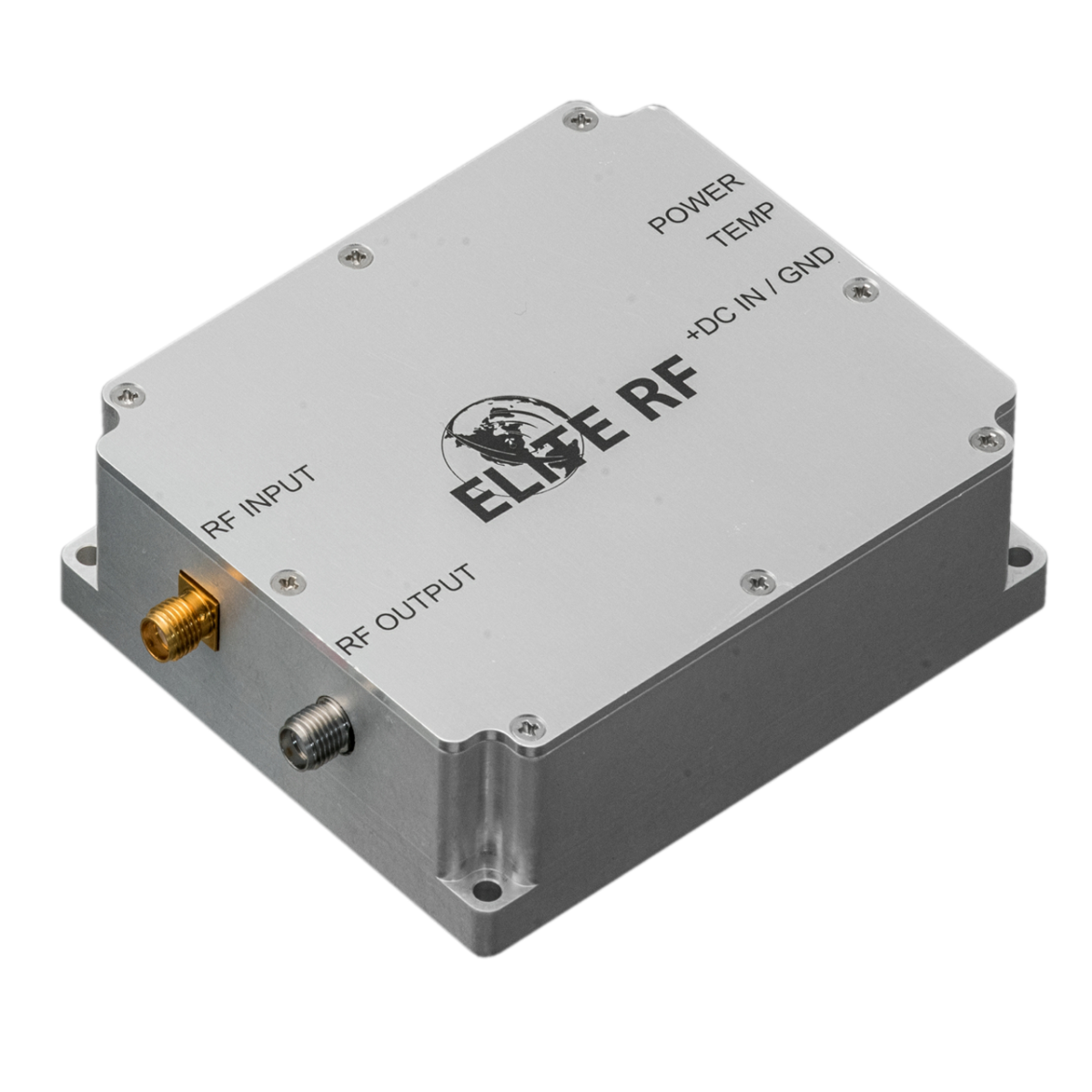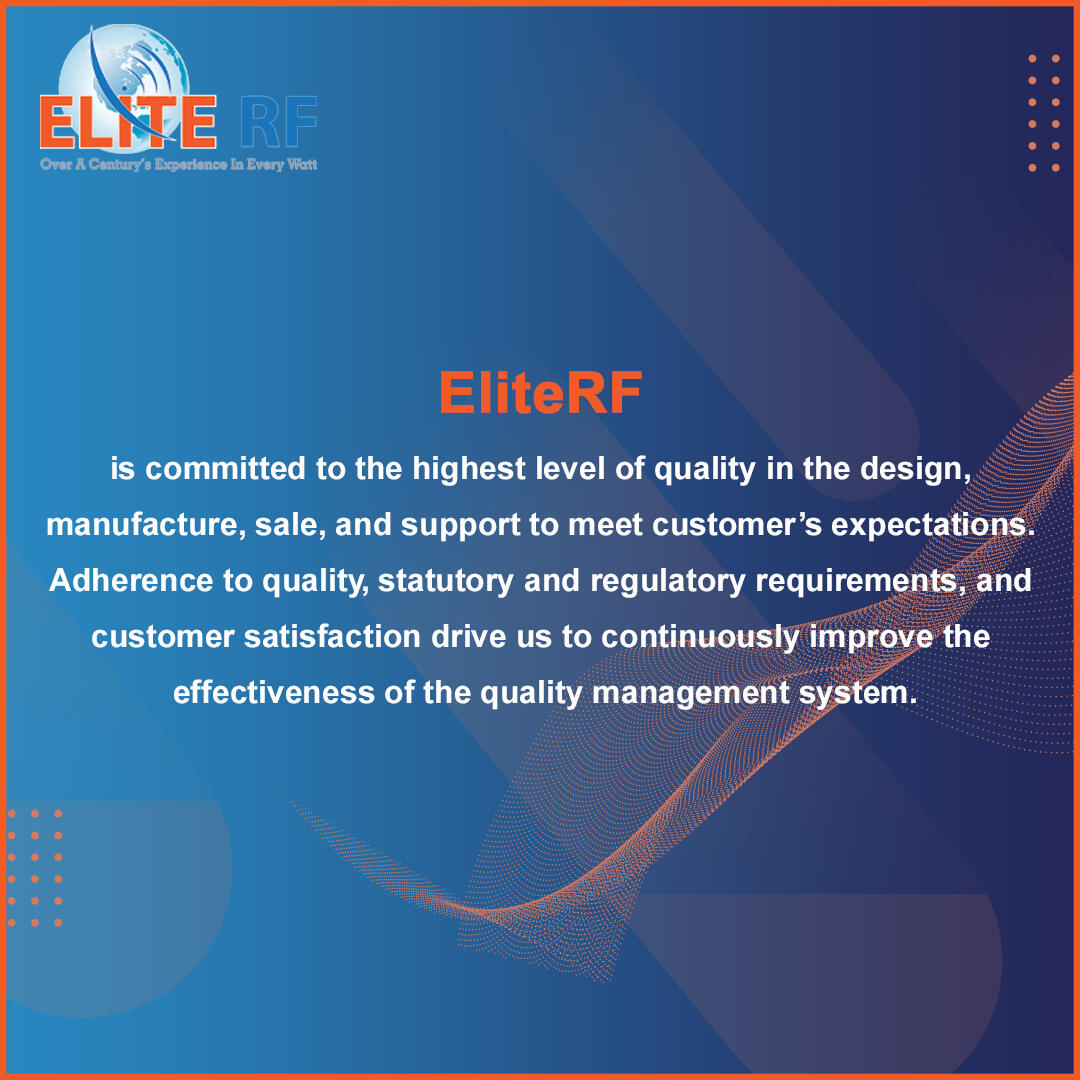Effective control of these core characteristics to improve sensitivity requires technical expertise as well as a detailed understanding of the amplifier working & impedance matching. Noise performance is the primary function of the amplifier design. The most common three designs for Low Noise Amplifiers which offer low noise performance are Bipolar Amplifiers, JFET-input amplifiers, and CMOS-input Amplifiers.
Bipolar Amplifiers - They are traditionally the most common type of amplifiers used for low noise applications. Bipolar amplifiers offer very low input voltage noise density with a relatively high input current noise density. To achieve low voltage noise from a bipolar amplifier, higher collector currents are set in the input stage since voltage noise is inversely proportional in relation to the square root for the input stage collector current. On the contrary current noise is directly proportional to the square root of input stage collector current. It is therefore essential that external feedback and source resistance is minimized to achieve optimum noise performance. The standard unity gain bandwidths for bipolar amplifiers are typically less than 30 MHz. In a bipolar amplifier, voltage noise increases drastically when its source resistance is less than 200 Ohms. Hence, bipolar amplifiers are ideal for only low source impedance applications.
JFET Input Amplifiers - The JFET amplifier's design restrict its operation to single-supply operation, which makes it preferable for applications with high impedance sources. This range of amplifiers offers larger voltage noise which is not preferred for low source impedance applications, unlike Bipolar amplifiers.
CMOS Input Amplifiers - They offer a combined advantage of voltage noise performance comparable to bipolar amplifiers and meet the requirement of current noise performance, unlike JFET amplifiers. These distinctive features of CMOS input amplifiers make them an ideal device for applications that require low distortion and low noise. In addition to it, CMOS input amplifiers offer very low input bias currents, low offset voltages, and very high input impedances, making these devices preferable for signal conditioning of high impedance sources.
Factors to Consider when Selecting a Peerless Low Noise Amplifier
The selection process of any LNA (Low Noise Amplifier) is solely dependent on the type of application and factors such as Cascaded Noise Figure, Process, Bias Voltage & Current, Cost, and receiver linearity that are explained in detail.
1. Cascaded Noise Figure:The combined value of gain and noise figure of each receiver stage contributed to the total value of the cascaded Noise Figure. However, the higher the gain value lesser is the cascaded Noise figure, but at the same time, the Low Noise Amplifier gain degrades the linearity of the input signal. The Noise Figure improvements of increasing LNA gain must be balanced against the linearity degradation caused by increasing gain. To understand the balancing criteria of LNA gain and NF improvement, let's consider the example of various receivers with a variable cascaded Noise figure of 12 dB, 8 dB & 4 dB, respectively. These receivers are connected to a Low Noise Amplifier at the input stage with a constant NF of 0.7 dB and variable gain of 0 dB to 24 dB. These values of Cascaded NF versus LNA gain level, when plotted on a graph, provide the optimum point of LNA gain level beyond which NF improvements is minimal. These graphical presentation helps the designer to specify an LNA gain and NF, which represent an intelligent compromise between improving NF and degrading receiver linearity.
The most important point to remember is that any Low Noise Amplifier can enhance the sensitivity of the receiver by a finite amount equal to the difference between its NF and the NF of the receiver cascade with no LNA present. Reconsidering the above case of the receiver with a 4 dB NF, with infinite LNA gain, the improvement is only 3.3 dB. With only 12 dB LNA gain, the improvement would still be around 3 dB.
2. Process & Cost: The modern-day technology of E-mode pHEMT (pseudomorphic high-electron-mobility transistor) enabled the development of the lowest Noise Figure LNA. In addition to it, there are other advantages of these modern processes & technology like Low Cost, Super low noise, and High linearity devices. Another most important advantage of E-mode pHEMT (pseudomorphic high-electron-mobility transistor) is that it provides optimum performance from a single positive supply voltage.
3. Bias Voltage and Current: The modern-day pHEMT devices are resistant to supply voltage over the common range of 2.7 Volts to 6 Volts. The higher the value of supply voltage, the higher the compression point for the amplifier; hence devices equipped with bias control pins allow quiescent current to be set independently from the supply voltage. This flexibility in bias voltage and quiescent current allows the device linearity to be adjusted per desired application, thus optimizing the efficiency.
Conclusion
LNAs' only objective is to reduce the cascaded receiver NF, and the Selection of a Low Noise Amplifier (LNA) is solely dependent on achieving the desired cascaded NF maintaining the LNA gain to a minimum level for receiver linearity. Elite RF offers a wide range of LNA devices which enables design professionals to select optimum LNA for its specific application.


